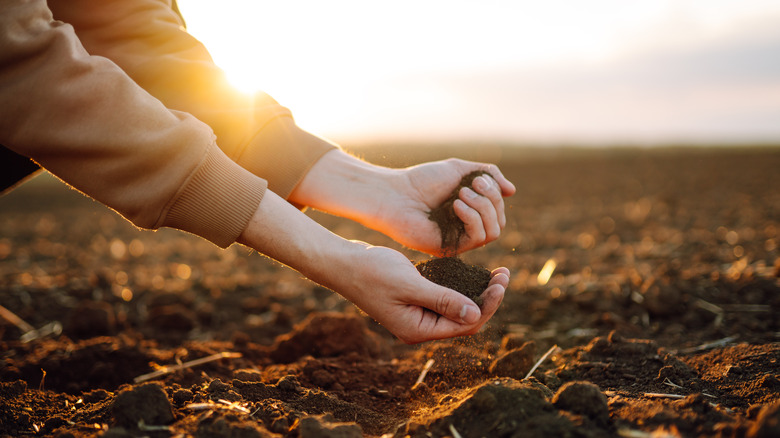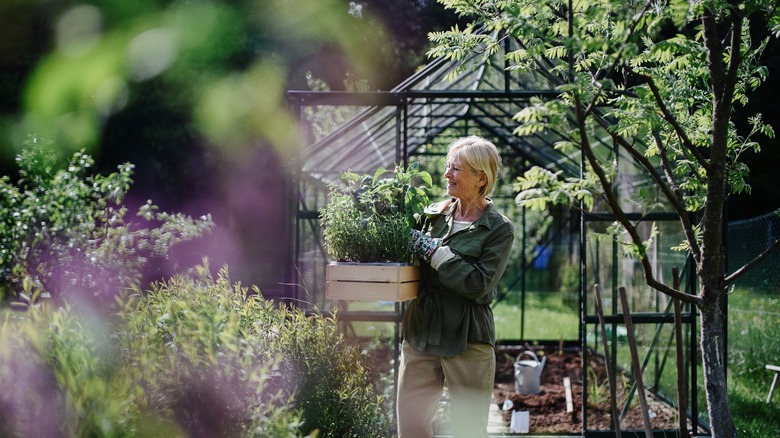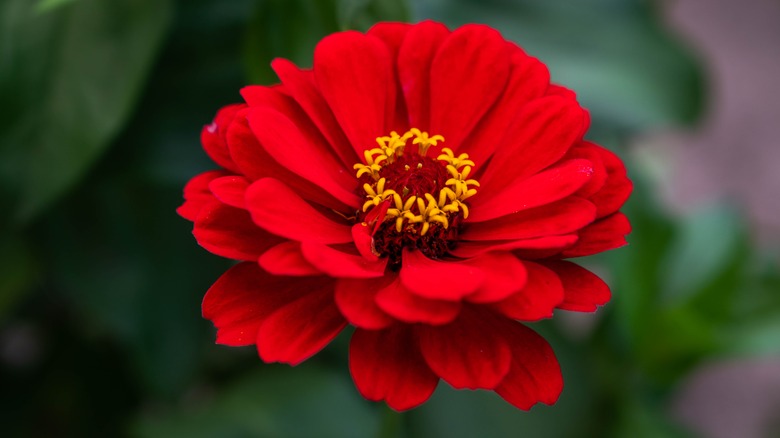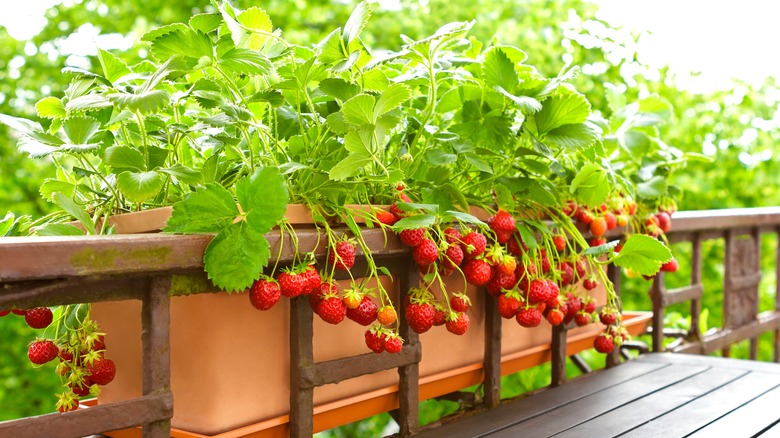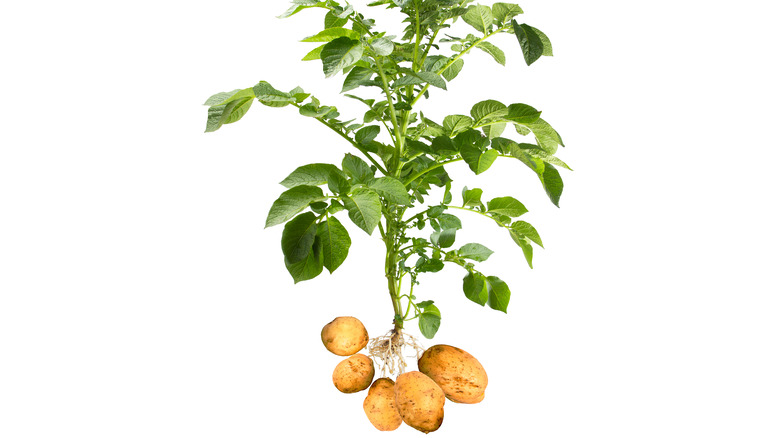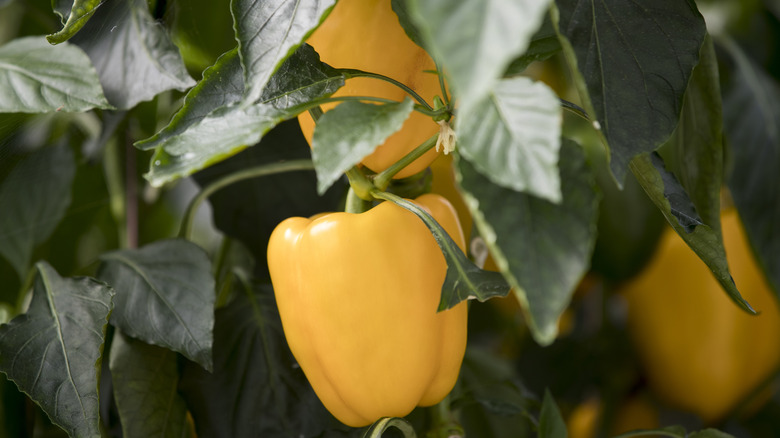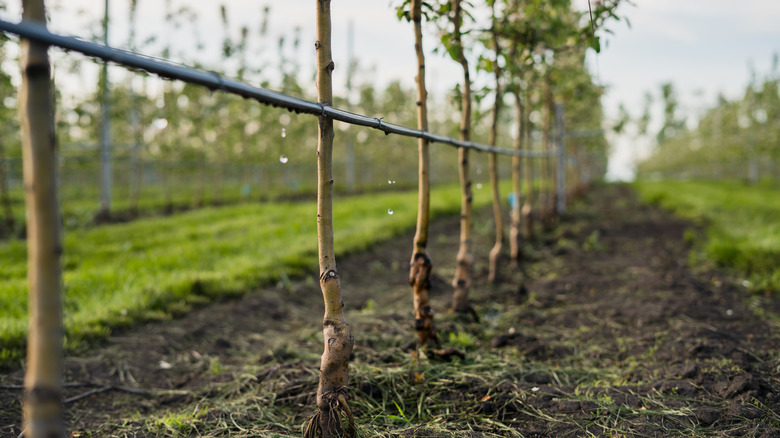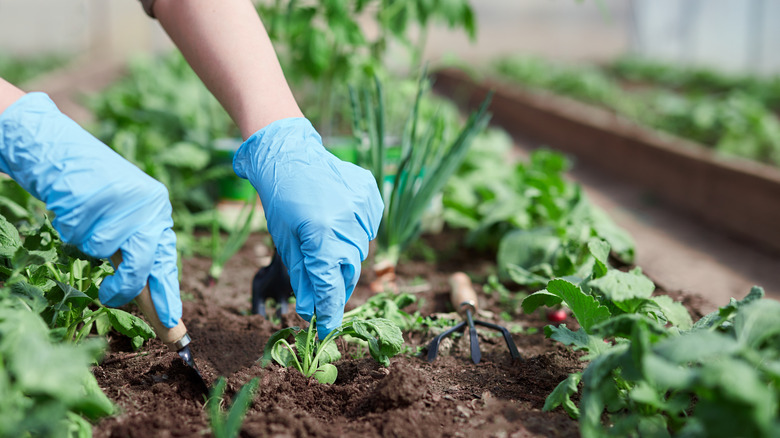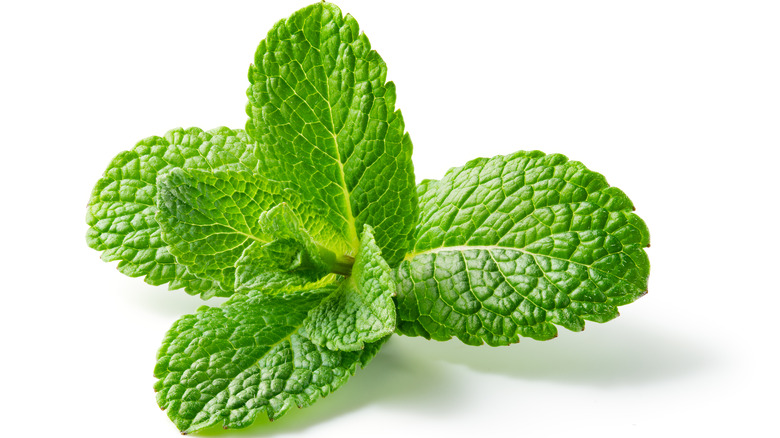What Should You Plant In March?
Homeowners all over the world have embraced an increase in the use of garden space as a place to cultivate flowers, fruit, and other plants for the home. Garden Pals reports that millennials are leading the drive with a renewed interest in gardening and increased planting; making up 29% of the demographic. They also highlight that while home gardening was prevalent before the end of 2019 its popularity has only increased in the years since.
Many home gardeners are still early on in their journey to a new measure of consistent self-sufficiency and as a result, may not be completely confident in their own self-directed planting timeline. This is particularly crucial for the spring months when the Earth seems at its most fertile. March is a time of intense blooming as perennials that remain in the ground begin to flower, and gardeners in the Northern Hemisphere start to enact their plans for the fast-approaching growing season. From a plethora of flowers to salad vegetables and family favorite fruits, there's a huge variety of options for March planting.
Mixing flowers and vegetables that will blossom into edible produce along with fruit, herbs, and other garden installations is a great idea for March sowing. Let this act as a guide for the bountiful growing season that lies ahead.
Consider your garden layout before planting
One of the most important considerations that any home gardener must make is the layout of their growing medium. A garden that sees mostly shade throughout the day, for instance, will make for a completely different growing experience than one that benefits from consistent and direct sunlight throughout the day. Many flowers will grow well in partial or lengthy shade, notes Gardener's World. Therefore, a knowledge of where your plants will succeed and thrive in the physical space that you have available is critical to making the most of each new planting season.
Family Handyman recommends preparing the ground before March and suggests several different soil varieties to make the task simpler. Some plants require well-draining soil whereas others need plenty of water and do best when situated in a higher moisture-retaining medium, (for instance, the lotus flower requires planting at the bottom of a pond, via Loch Ness Water Gardens).
Making amendments to your yard or garden can be done, but these changes aren't always straightforward. It's a good idea to think critically about the conditions of your growing space and the types of plants you want to cultivate. Improvements like adding a permanent greenhouse or making significant alterations to the soil (with the addition of sand, peat, or rich compost, for instance) can help set your space up for success.
Summer flowering bulbs and seeds
Flowers of a dazzling variety thrive as the weather begins to heat back up. Active gardeners typically plant a number of bulbs in the late fall or early winter to enjoy a fantastic display of early spring color from tulips, hyacinths, and daffodils, per Dutch Grown. But these bulbs are short-lived, and once they've passed their peak, it's time to start thinking about the next wave of flowers that will grace the yard.
Gardening Etc recommends petunias, wildflowers, and heleniums (among many others), which will ensure a fantastic rainbow display in the months that come. Another unique addition to any garden is the aster. These come in a wide range of colors and the soft petals can make for a great border plant around the garden or as a cut flower to be included in an interior arrangement. Planting aster seeds in March gives the young plants the perfect opportunity to flourish and bloom just in time for the summer and autumn months (via Gardening Know How).
New strawberries for a long-term plan
Strawberries can be planted in a few different ways. The best option for a home gardener who wants to get the most out of their strawberry harvest is to plant new bare-root varieties in March, which will give them the maximum window possible for establishing a healthy root system, recommends StrawberryPlants.org.
A strawberry grower is someone with an eye on the future. Setting new plants in the garden in the spring will provide a base for cultivating a larger volume of strawberry plants in the future. In the first year, your plants will build leafy structures and dense roots that will ensure prolific berry production in the second year. Likewise, as summer becomes fall, your plants will send out runners that can be cut from the parent and planted individually to create an even larger number of berries the next season.
Louisiana State University provides estimates on crop yields and recommends that about 10 strawberry plants are adequate for a typical family of four. Planning ahead in order to ensure that your garden is always producing its maximum yield is a great way to add a refreshing warm-weather treat that everyone in the house is sure to love.
Potatoes are a big hit
Potatoes are a staple on the tables of a great majority of Americans. They are hardy and easy to grow and can even be successfully cultivated in containers throughout the year (as long as you're willing to bring them inside through the coldest months). But they perform at their best when planted in the garden starting in March, right after the risk of frost has passed.
Potatoes require very little attention, and the planting phase is straightforward. pulling up any weeds and digging a long trench in the soil will provide you with the right conditions for growth (via Gardener's World). Potatoes grow from a seed potato, rather than a true seed like many other plants. Planting is as simple as selecting a potato variety that you enjoy and storing a few in a dark cupboard or closet until they begin sprouting (or chitting, as it's known). Then, add them to the soil around two feet apart and leave them to it.
Pepper lovers get excited in March
Peppers come in many different varieties and are favored by those who love bringing a harvest into the kitchen directly from their own garden. Just like potatoes, planting peppers should be done once the last frost has passed. Often, people enjoy growing peppers because they simply can't find a great selection of either hot or sweet peppers in their local shopping center. They are woefully underrepresented on supermarket shelves considering that there are around 50,000 different pepper cultivars out there, according to Thrillist.
Many pepper growers start their plants early in a greenhouse or completely indoors. Real Homes suggests that a windowsill that receives enough heat from the interior temperature, as well as direct sunlight throughout the day, is the ideal location for starting new seedlings. Once planted outdoors, peppers need consistent sunlight and long periods of warmth, which usually begins to set in around springtime. Moreover, once they begin fruiting in early summer, your garden will be graced with the wild display of colors that different pepper varieties proudly display.
Young fruit trees
Mature fruit trees are typically only planted in the winter, during their dormancy, explains Homes & Gardens. However, planting young trees, even those grown from seed, is often best done in the early spring season. This gives the new plant the perfect opportunity to develop both strong roots and a good density of leaf cover to support healthy photosynthesis. The main issue with planting well-developed fruit trees during this time is the threat of them flowering. Instead of focusing energy on developing healthy roots that will make for a long-lasting addition to the garden, older trees try to grow flowers instead.
However, young trees often don't exhibit this same behavior, and instead are able to take advantage of the warmer months to develop in the location that will become a permanent home. Iowa State University reports that it typically takes fruit trees at least three years to start flowering and producing fruit. A new fruit tree can be a fantastic project for you and your family to undertake, and this is the perfect time to plant one.
Vegetables for fresh summer salads
Many edible plant varieties also thrive when introduced to the garden in March. Spinach, lettuce, tomatoes, radishes, and many other salad staples are a great addition at this time of the year, says House Beautiful. These plants also work great in a dedicated home planter and will blossom in short order. Salad greens are often overlooked in the home garden, but they can provide a wealth of healthy eating when they mature in the warmer months. Likewise, homegrown tomatoes are some of the freshest and tastiest fruiting plants that you'll ever place on the table, according to home cook Adam Ragusea.
Tomatoes are a vibrant addition to the garden, but they will quickly need the support of a trellis, per the Royal Horticultural Society, so factoring this into the growing space is a must as you sow your new seeds. Radishes and carrots round out salad vegetables, and these are some of the easiest to care for. Sowing new seeds in March ensures that your root vegetables won't be frozen during the winter chill, states Almanac. It also sets your harvest date on track for the summer or early fall. All of these plants perform best when enjoying full, sunny days and mildly warm temperatures.
Herbs and essential spices
When planting a new season of vegetables and fruits, it's important not to forget the spices and herbs that will put the finishing touches on dishes for months to come. Mint is a great addition to gardens in all climes, but it's important to separate your mint plant from any areas of the garden that you don't want it to reach. Mint can be highly invasive if you allow it to spread out, so it is best grown in a contained environment like a raised bed or dedicated plant pot. A thriving mint plant provides a fantastic sensory addition with its signature smell, as well as being a versatile herb for the kitchen that can be used to elevate dishes, sauces, or hot beverages, suggests Natural Factors.
Basil, oregano, and a vast list of other herbs also perform at their best when planted at this time of year. Building an herb garden, says Gardener's World, will give you the latitude to create fascinating new dishes in the kitchen. What's more, creating one is an incredibly easy task to accomplish with cuttings taken from favorite store-bought herbs or seeds purchased from your local nursery or online distributor.
